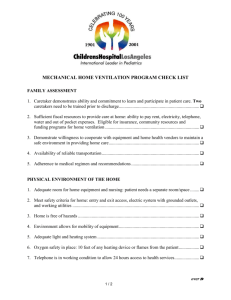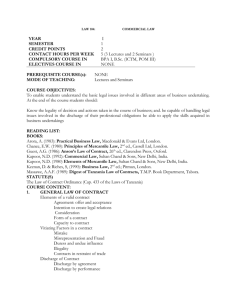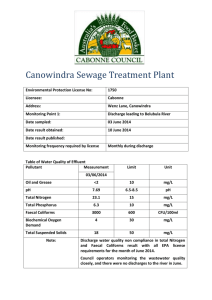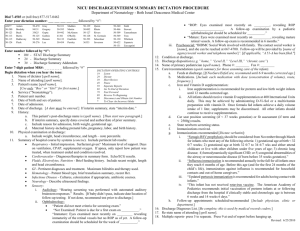Discharge and Transition Plans
advertisement
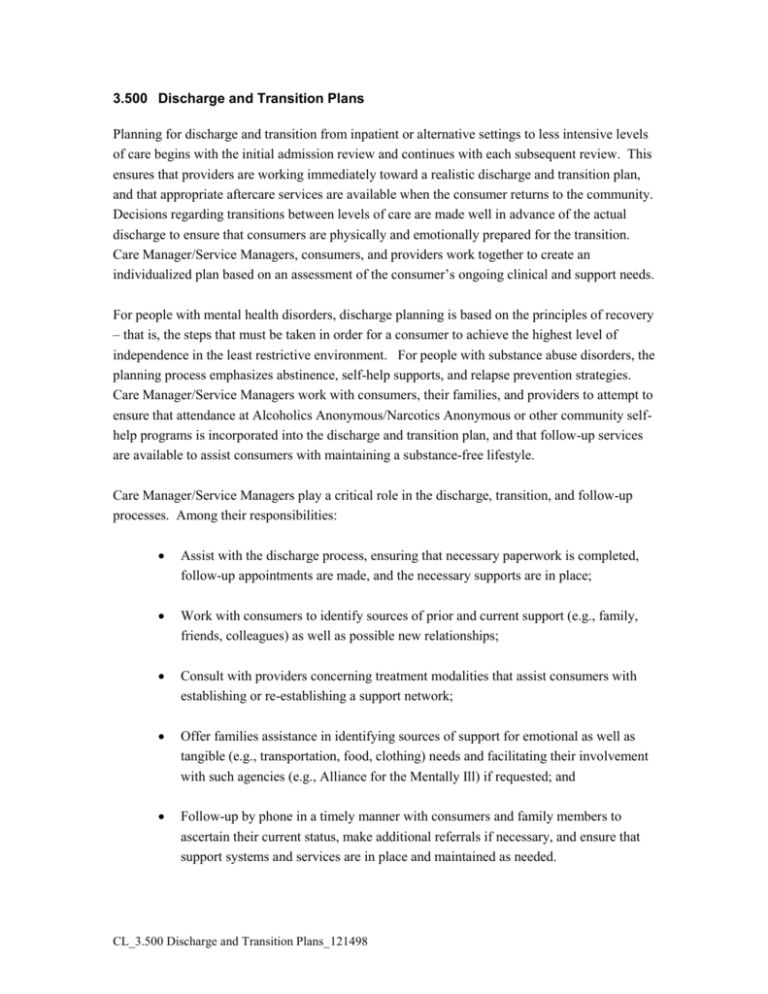
3.500 Discharge and Transition Plans Planning for discharge and transition from inpatient or alternative settings to less intensive levels of care begins with the initial admission review and continues with each subsequent review. This ensures that providers are working immediately toward a realistic discharge and transition plan, and that appropriate aftercare services are available when the consumer returns to the community. Decisions regarding transitions between levels of care are made well in advance of the actual discharge to ensure that consumers are physically and emotionally prepared for the transition. Care Manager/Service Managers, consumers, and providers work together to create an individualized plan based on an assessment of the consumer’s ongoing clinical and support needs. For people with mental health disorders, discharge planning is based on the principles of recovery – that is, the steps that must be taken in order for a consumer to achieve the highest level of independence in the least restrictive environment. For people with substance abuse disorders, the planning process emphasizes abstinence, self-help supports, and relapse prevention strategies. Care Manager/Service Managers work with consumers, their families, and providers to attempt to ensure that attendance at Alcoholics Anonymous/Narcotics Anonymous or other community selfhelp programs is incorporated into the discharge and transition plan, and that follow-up services are available to assist consumers with maintaining a substance-free lifestyle. Care Manager/Service Managers play a critical role in the discharge, transition, and follow-up processes. Among their responsibilities: Assist with the discharge process, ensuring that necessary paperwork is completed, follow-up appointments are made, and the necessary supports are in place; Work with consumers to identify sources of prior and current support (e.g., family, friends, colleagues) as well as possible new relationships; Consult with providers concerning treatment modalities that assist consumers with establishing or re-establishing a support network; Offer families assistance in identifying sources of support for emotional as well as tangible (e.g., transportation, food, clothing) needs and facilitating their involvement with such agencies (e.g., Alliance for the Mentally Ill) if requested; and Follow-up by phone in a timely manner with consumers and family members to ascertain their current status, make additional referrals if necessary, and ensure that support systems and services are in place and maintained as needed. CL_3.500 Discharge and Transition Plans_121498




